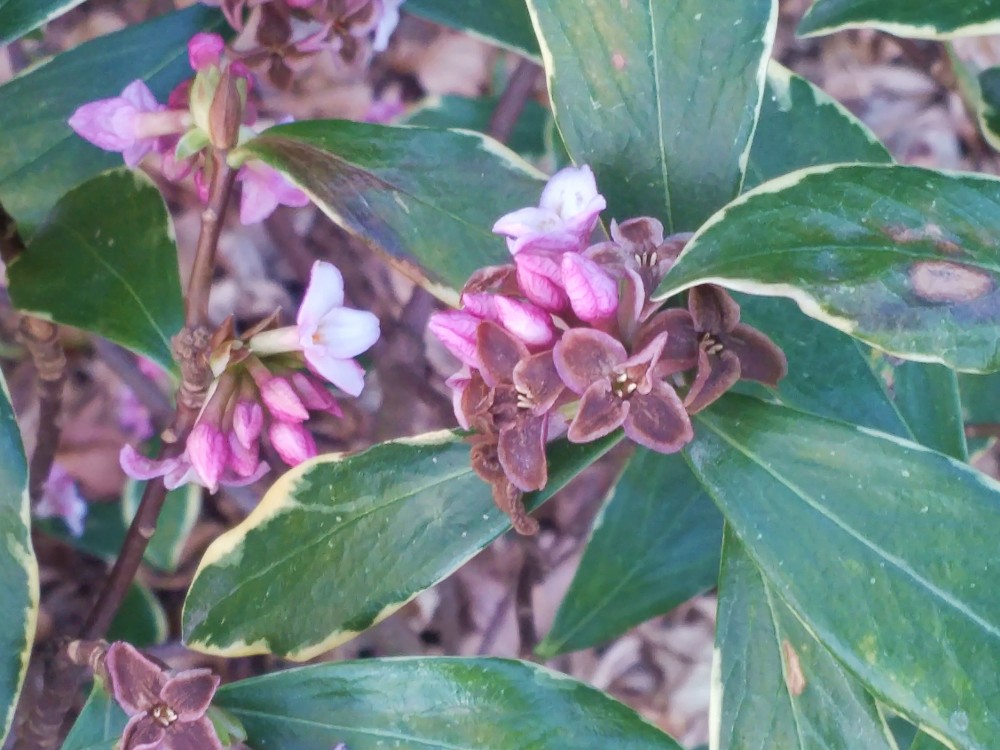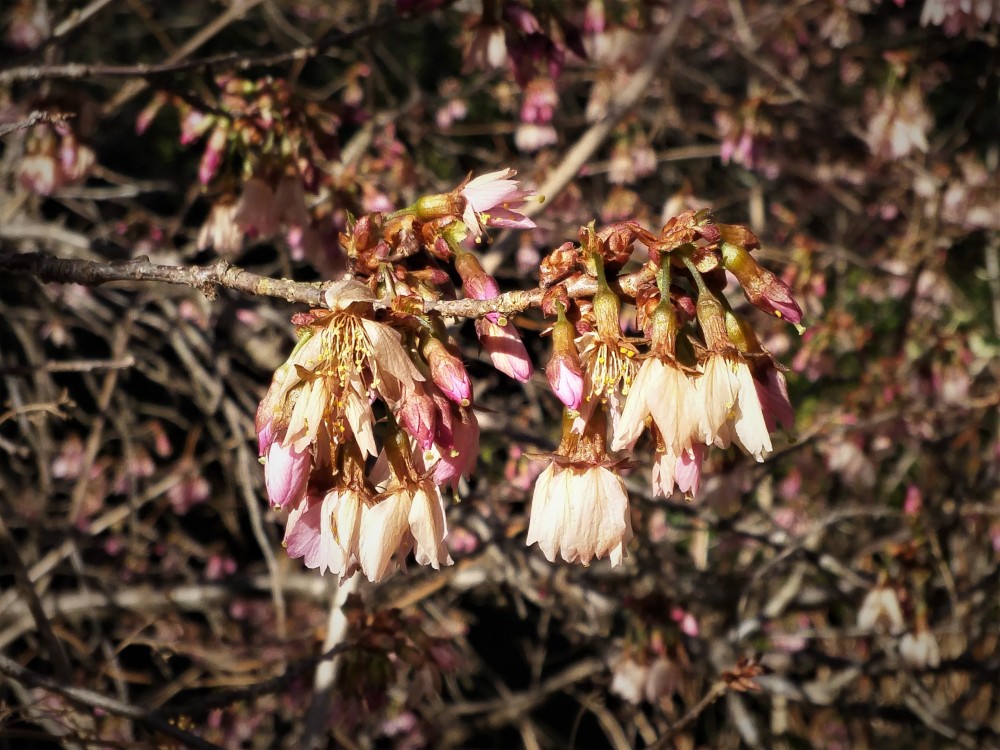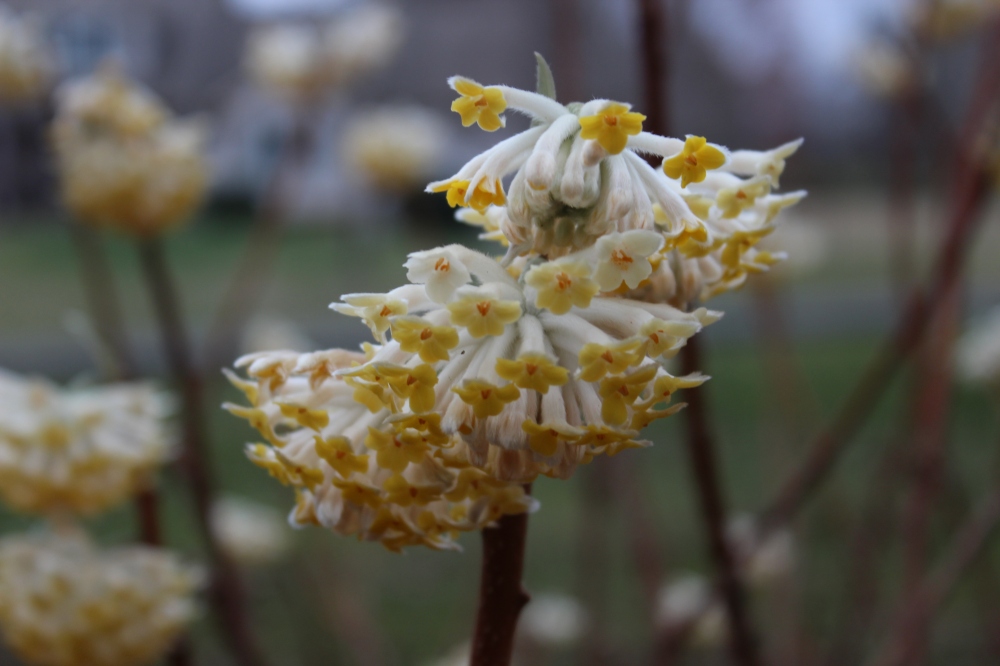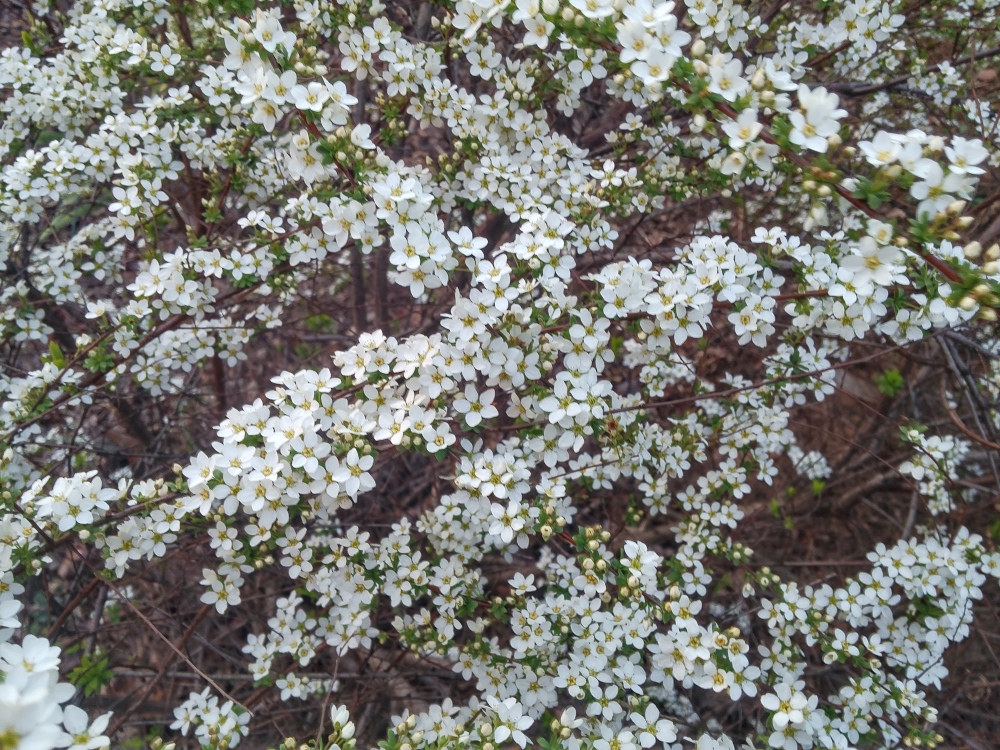With a swing in temperature from seventy-five to sixteen within a week, the gardener is not surprised that some damage is done to late winter blooms. There is relief that injury to flowers and to newly emerging leaves is minimal in this garden, that probably fared better than others since magnolias and camellias that are most vulnerable to cold damage were delayed by shade, with many flowers not fully opened.


A scattered few flowers of ‘Dr. Merrill’ and ‘Royal Star’ magnolias wilted in the cold, and these are likely to turn brown in the next few days, but most buds remain wrapped tightly enough to be protected from the freeze. Hardest hit were flowers of Winter daphne (Daphne odora ‘Marginata’, above), which is somewhat surprising for a shrub that will occasionally flower in early February. Magnolias in sunnier spots in the neighborhood suffered considerably, but this is not unusual for late winter flowers, and no harm is done except that blooms are lost.

Flowers of narcissus, hellebores, spireas, paperbushes (Edgeworthia chrysantha, above), mahonias, and andromedas (Pieris japonica, below) were not damaged, as expected, though there was less certainty going into the cold weekend since there is no experience for comparison with the number of seventy degree days over the last two weeks of February. Most comforting, leaves of hydrangeas that were just emerging were not damaged as they were a year ago with a freeze in early April that stunted flowering through the year. While this low lying garden runs a bit cold, and shade from a forest along the southern border delays spring growth, I’ve seen hydrangeas in a more advanced state in area gardens. Hopefully, these fared as well as ones in this garden.


Beautiful gardens! in your ponds, you mentioned you use a net to cover in fall?
Where did u get this and what is it called? We have a swimming pond and face Leafagedon every fall! Plus is there a product you would recommend for alge control?
Any online pond supplier will carry pond netting in various sizes. On occasion, if there is an algae problem, I use products called GreenClean or Algaway. There are various algae treatments under these names, so if you have fish and pond plants be certain that you purchase the one that is fish and plant safe.
Thank you. In Seattle the pond shops seem somewhat limited but I’ll keep looking!!
Re: …. leaves of hydrangeas that were just emerging were not damaged as they were a year ago with a freeze in early April that stunted flowering through the year.
This time, we covered our emerging hydrangeas due to damage in previous year(s). Our biggest cold related issues come to ‘Mariesii Variegata’, with stunted growth and low flowering. A newer ‘Lady in Red’ was protected this freeze as a preventive measure. Our oakleaf hydrangeas have never suffered. Don’t know if this is where they are located or perhaps they are hardier. A Royal Star Magnolia has somewhat leafed out and faired well in this coldsnap.
Paperbush is on my wishlist! Glad to hear that yours did well through the low temps.
Happy Gardening,
— C
A year ago, mophead hydrangeas were in an advanced stage of leafing, several weeks early, when overnight temperatures dropped into the mid twenties. This year, leaves are emerging much earlier, but it appears that leaves are at the stage of growth that is less vulnerable. Oakleaf hydrangeas were not harmed a year ago, and varieties such as Lady in Red, that have lacecap genetics seemed much more resistant to freeze damage. Mopheads such as Endless Summer, and the variegated Maresii were hard hit. If leaves were at the tender stage that they were a year ago, sixteen degrees would be a problem unless you had a portable heater under the blanket.
I have found that paperbush is cold hardy to zero degrees, and that at temperatures below this flower buds are damaged. At two degrees below and colder, stems begin to suffer. In prior years when paperbushes bloomed as early as late January, there was no damage to flowers in subsequent freezes.